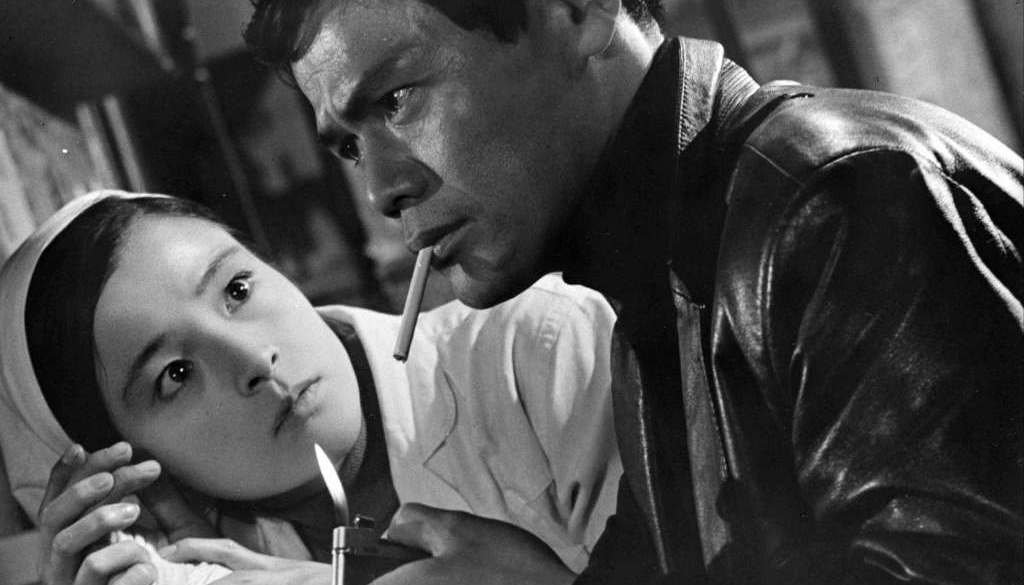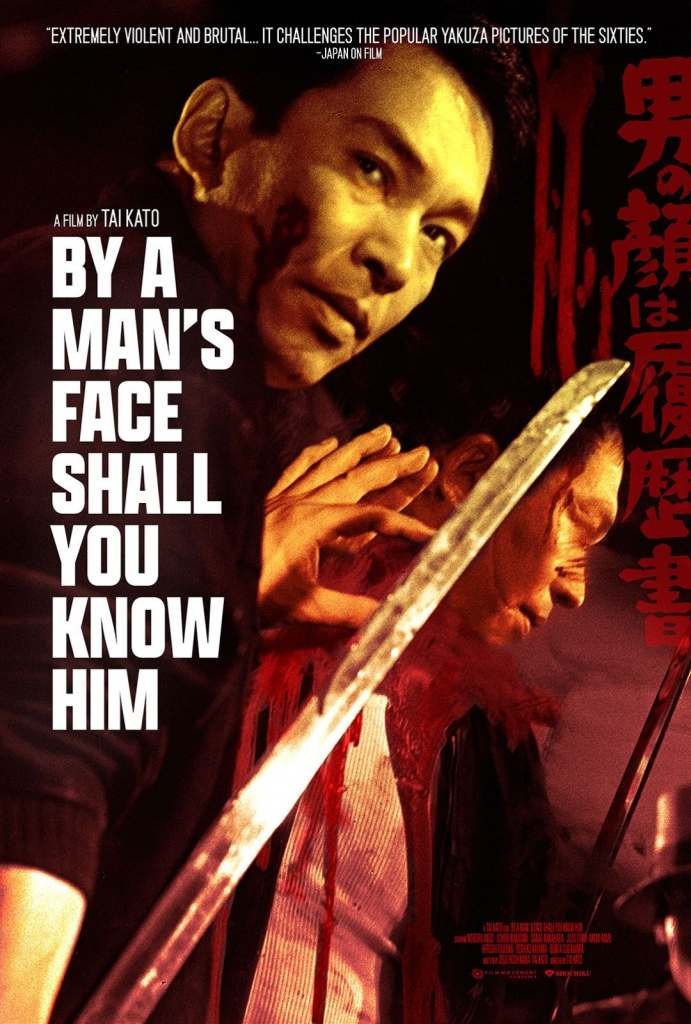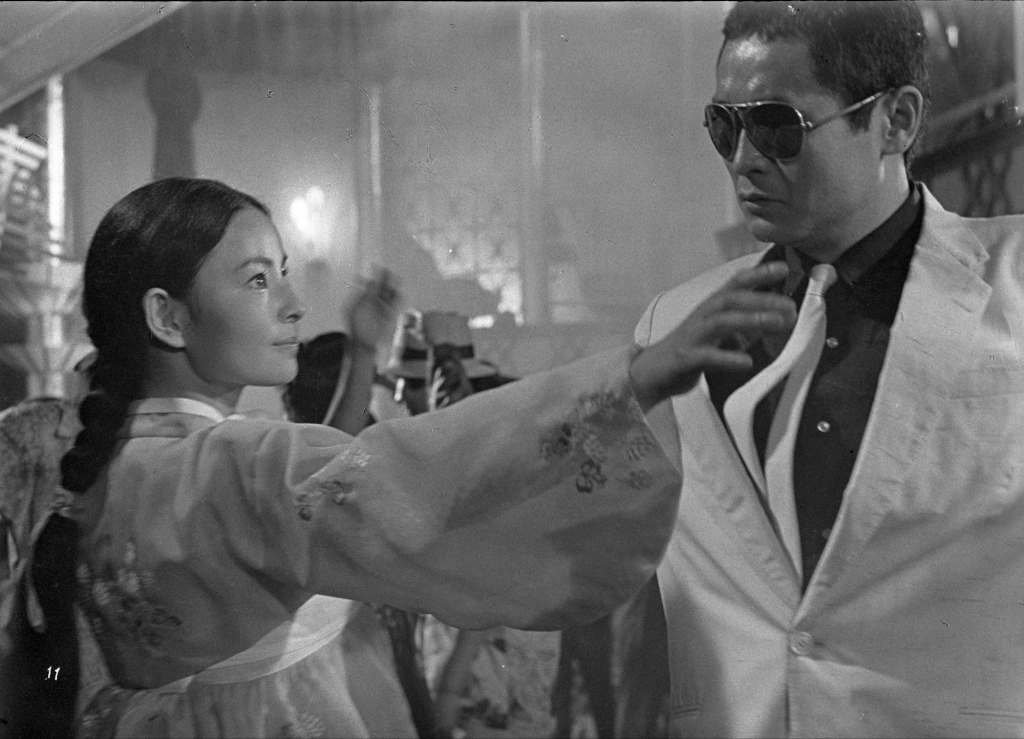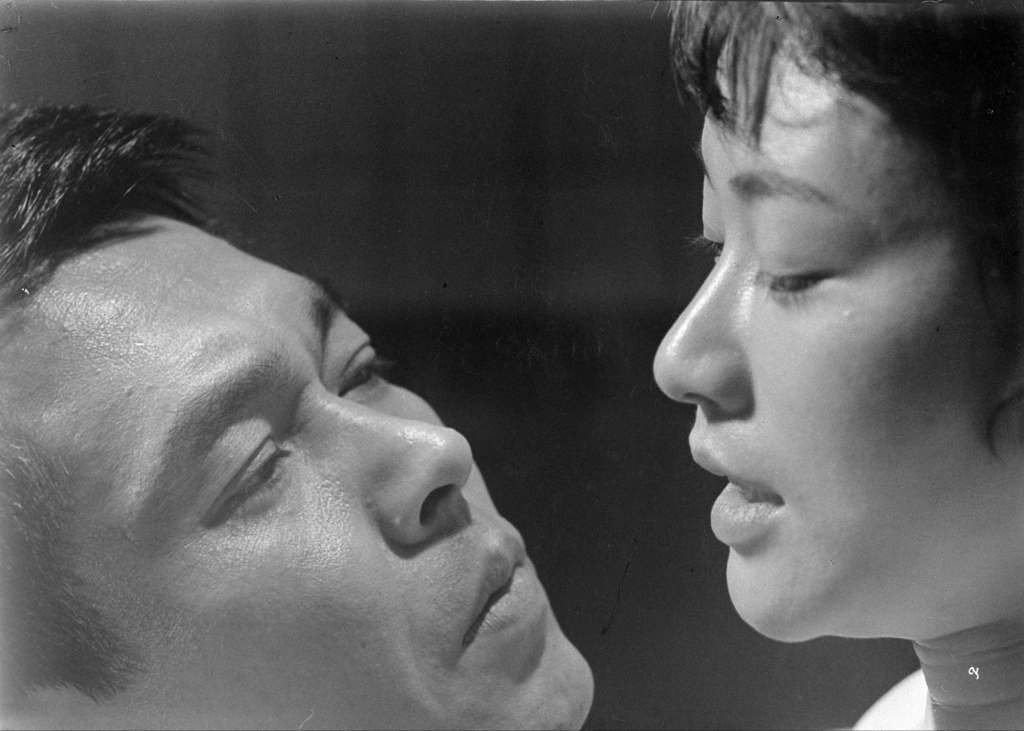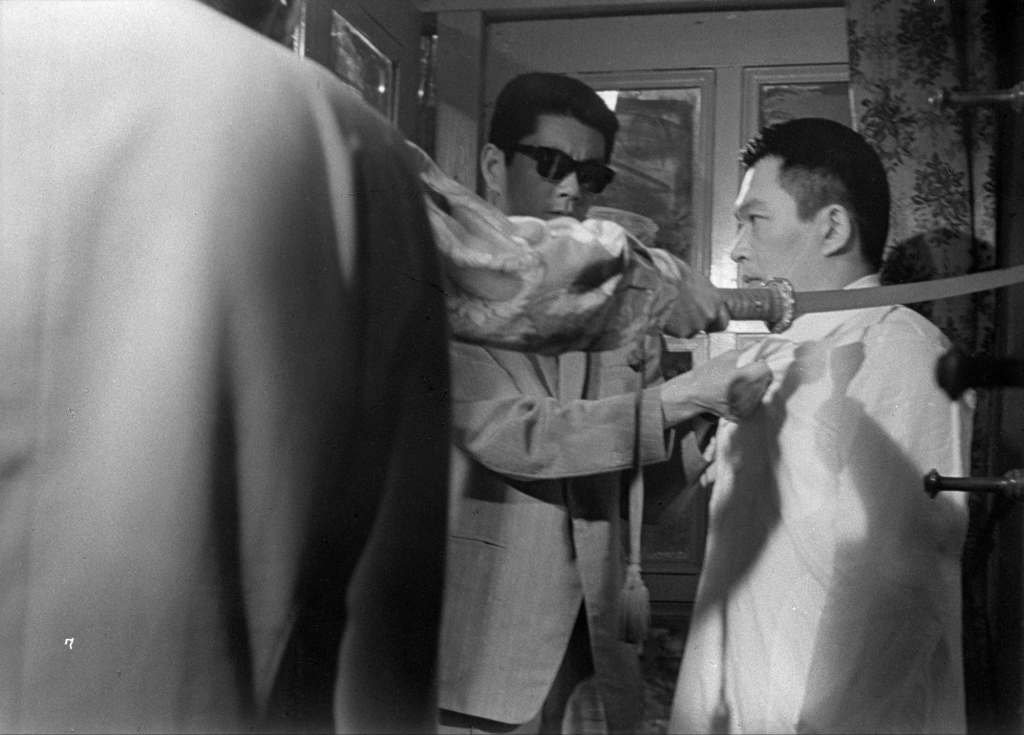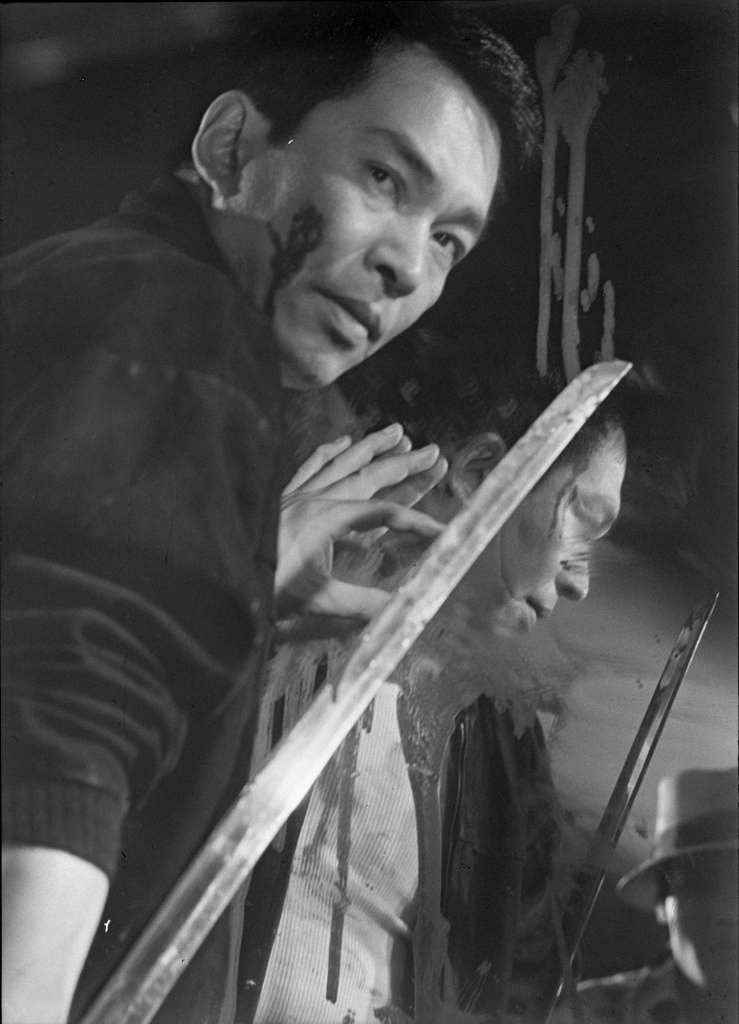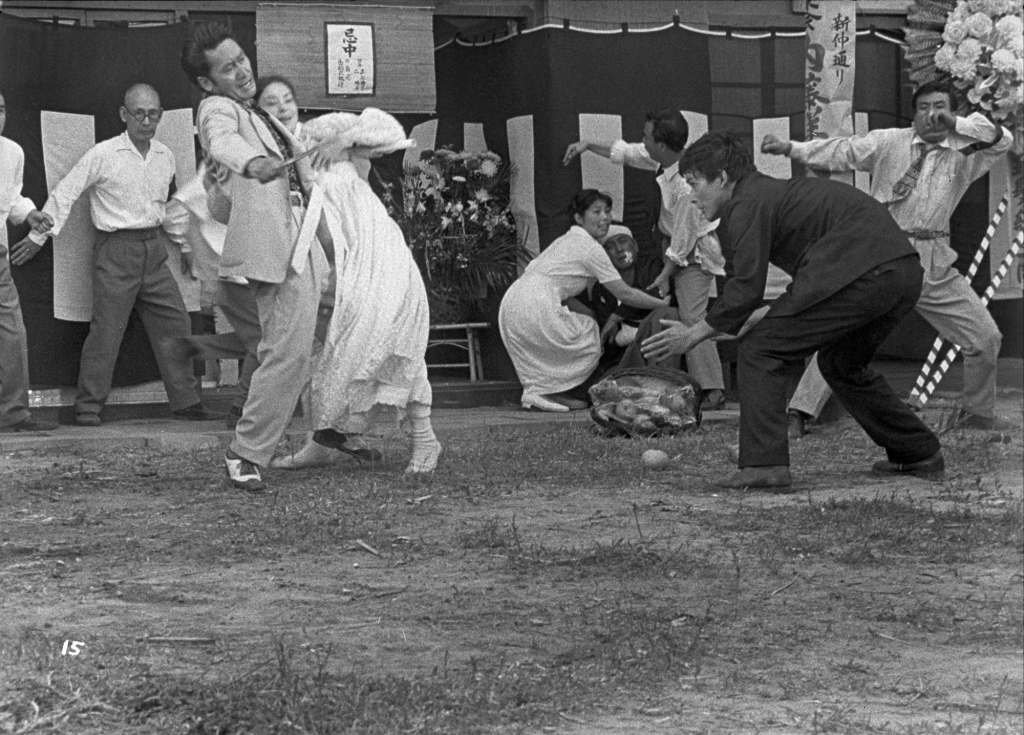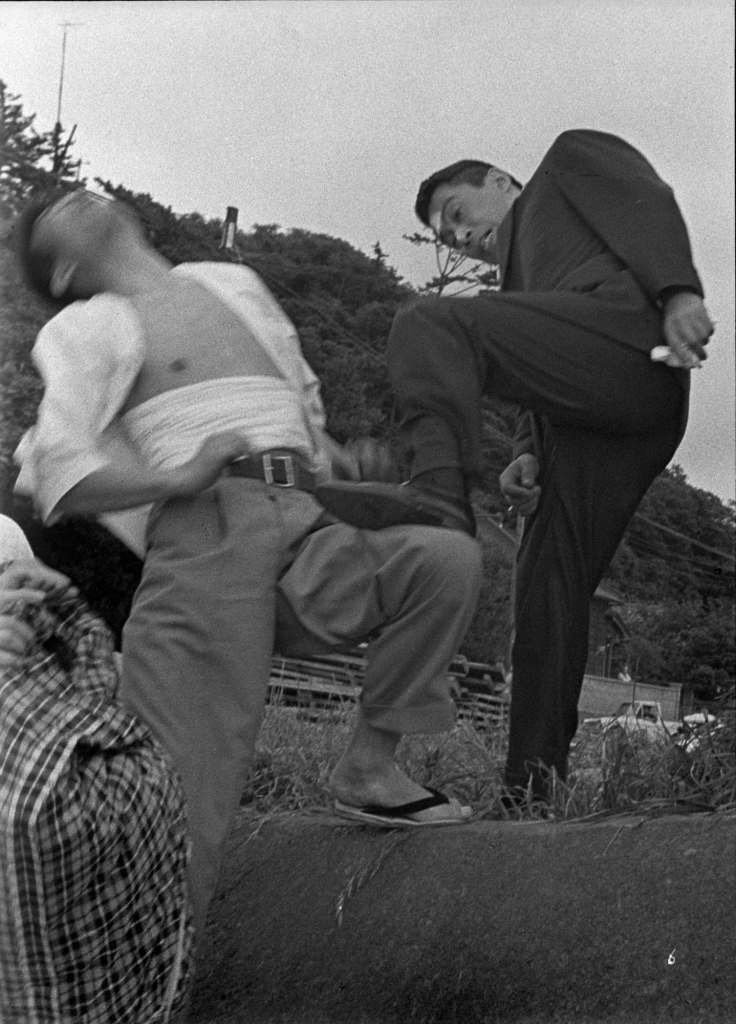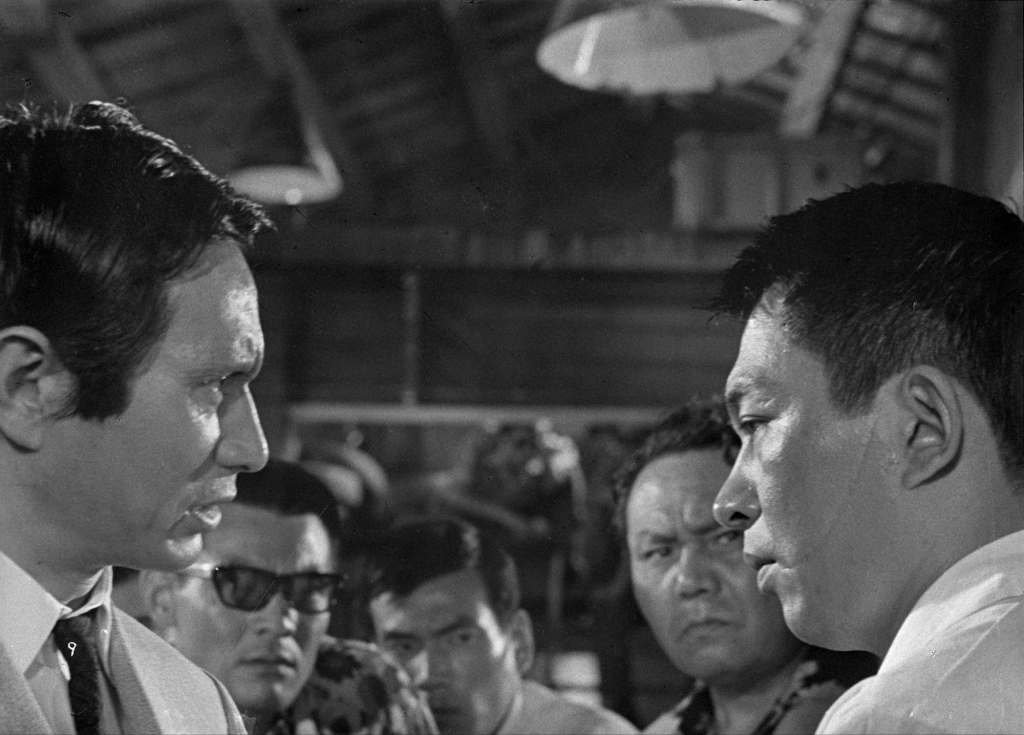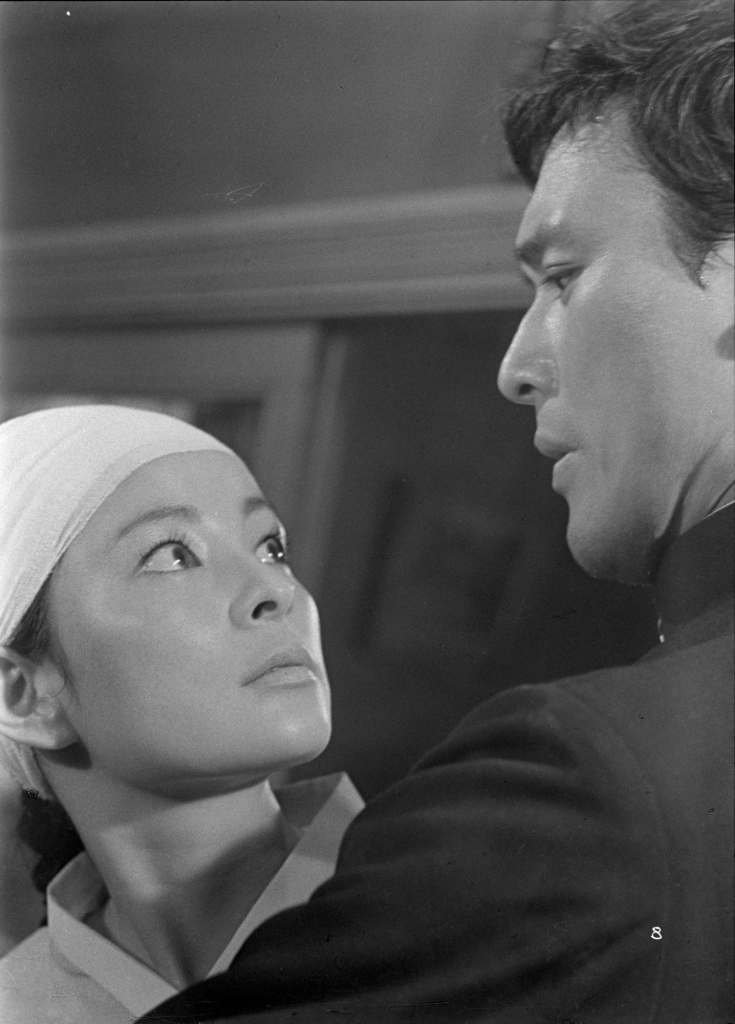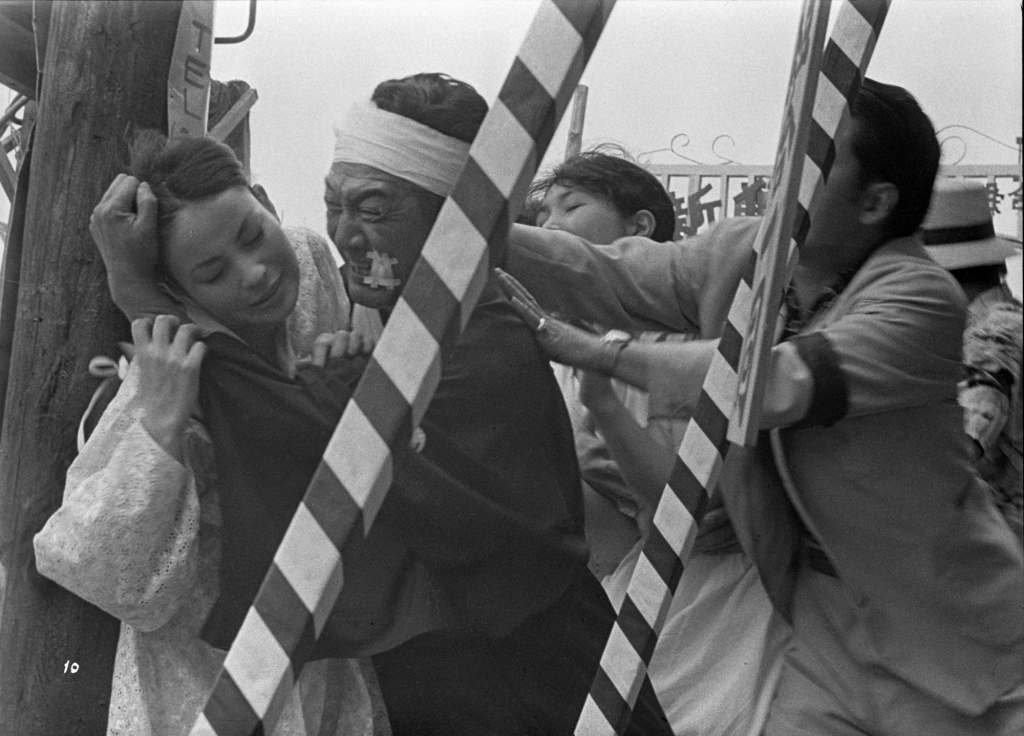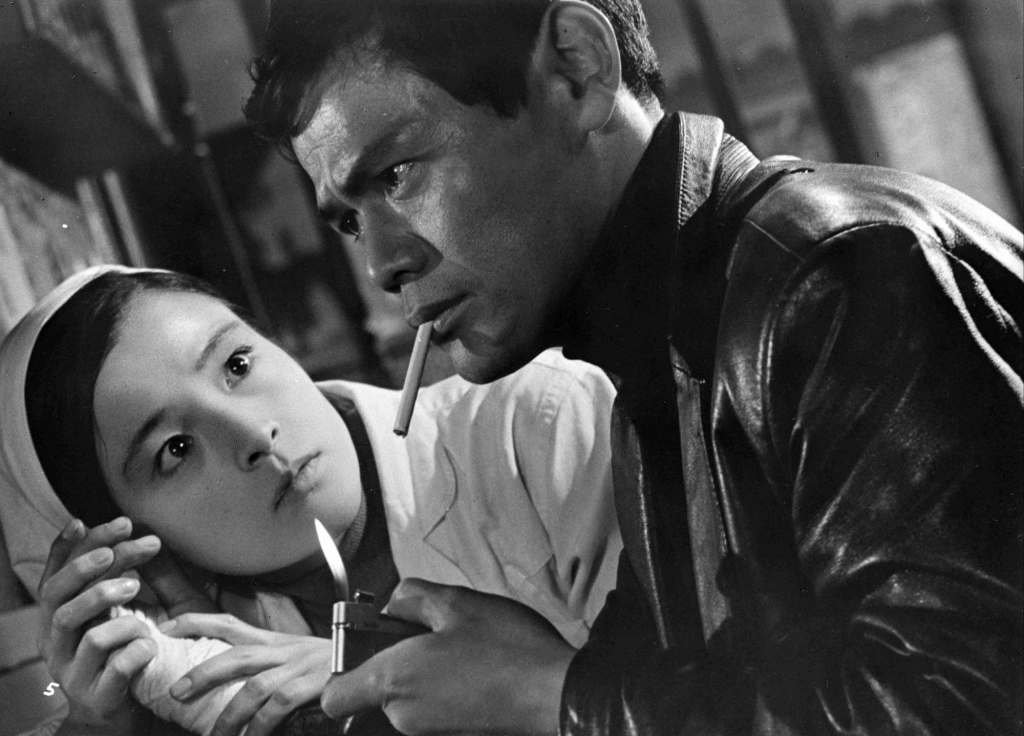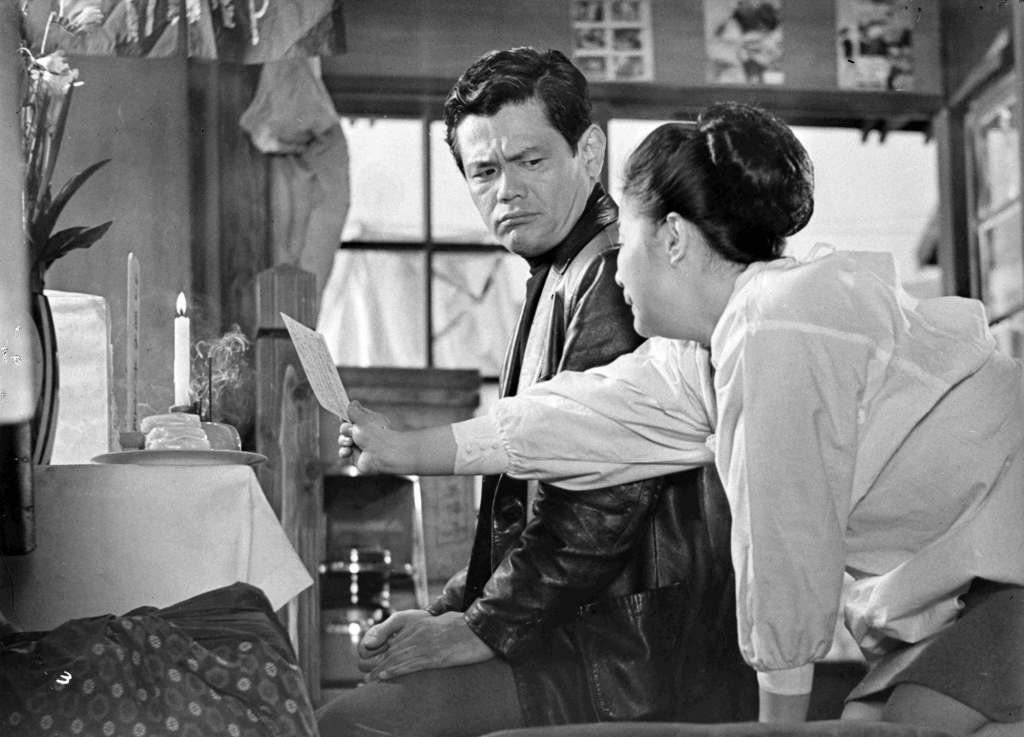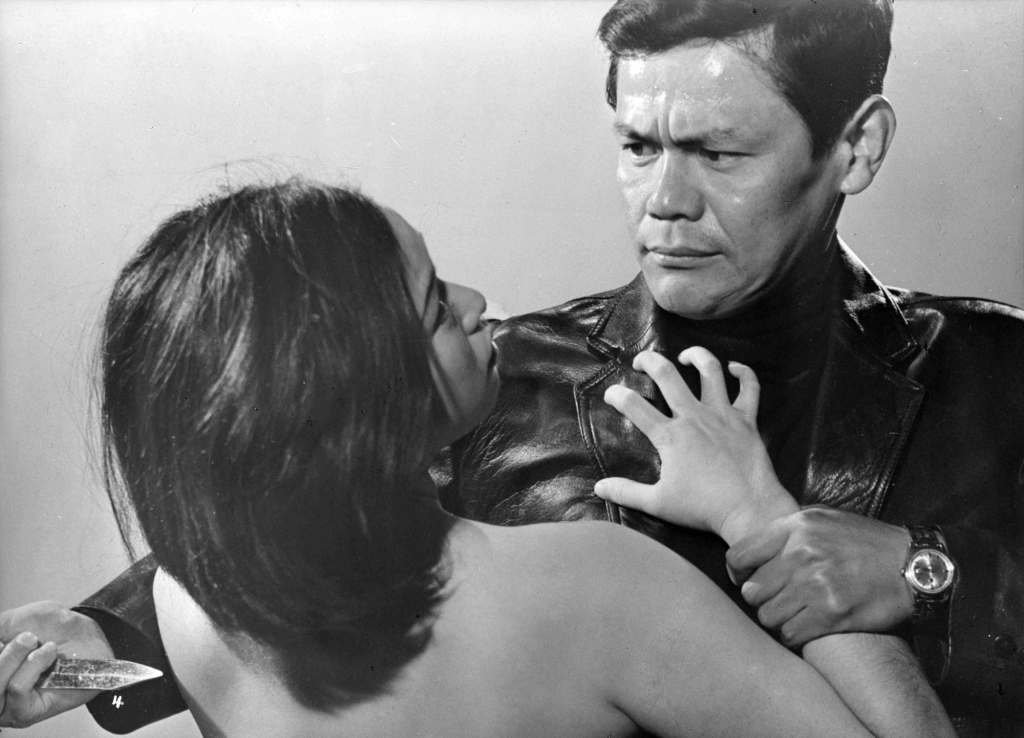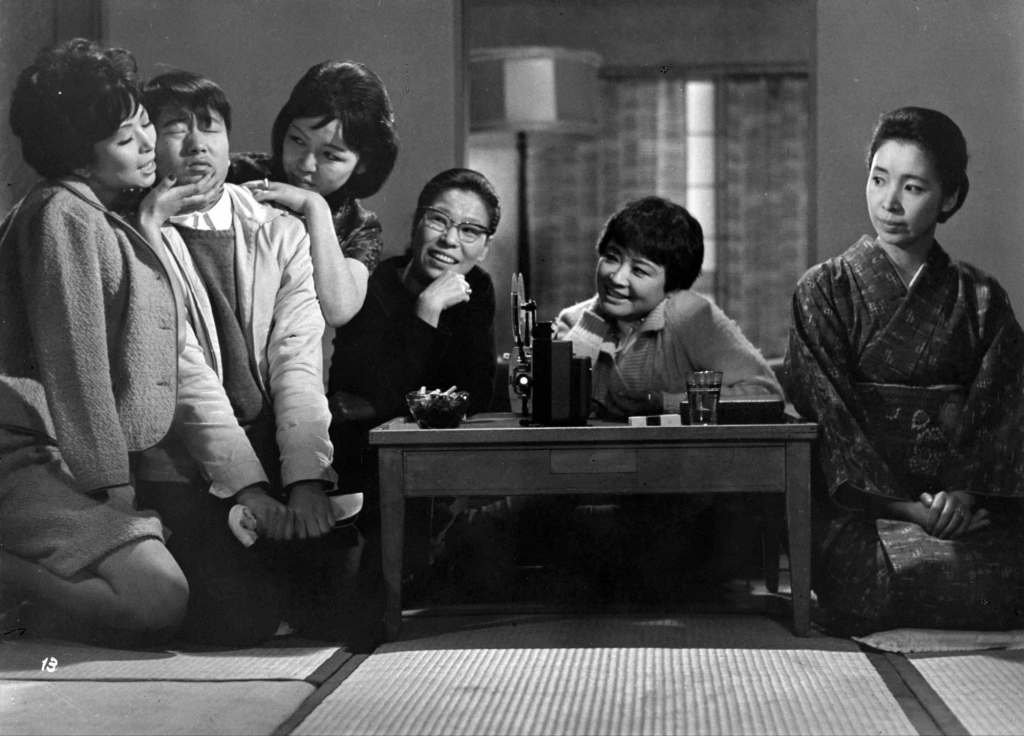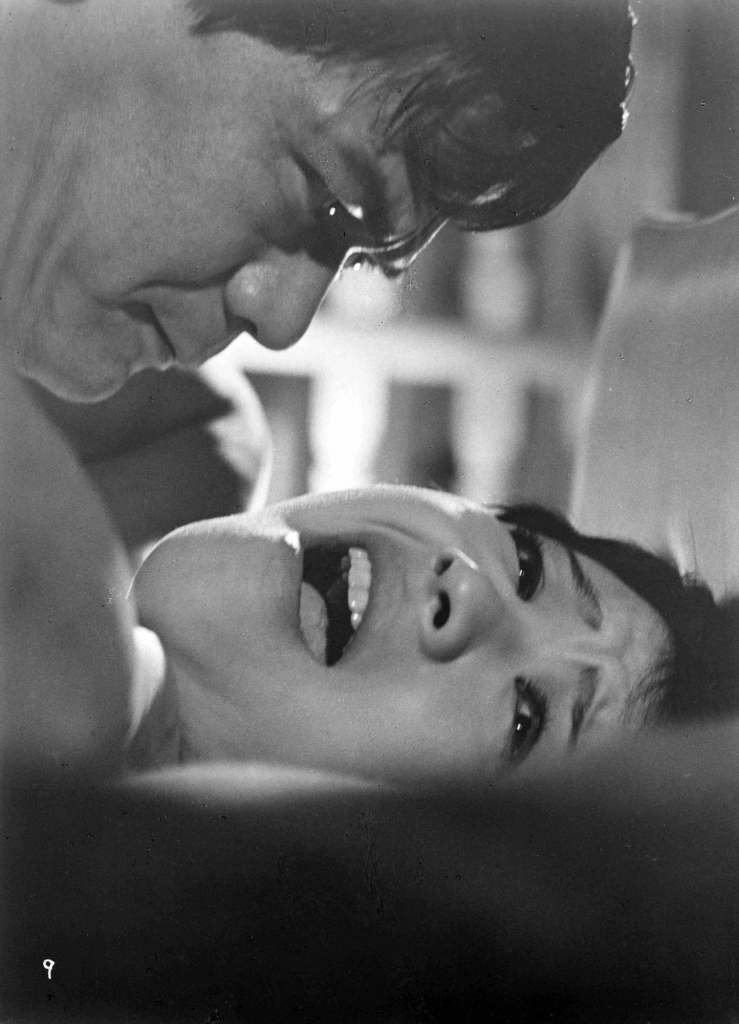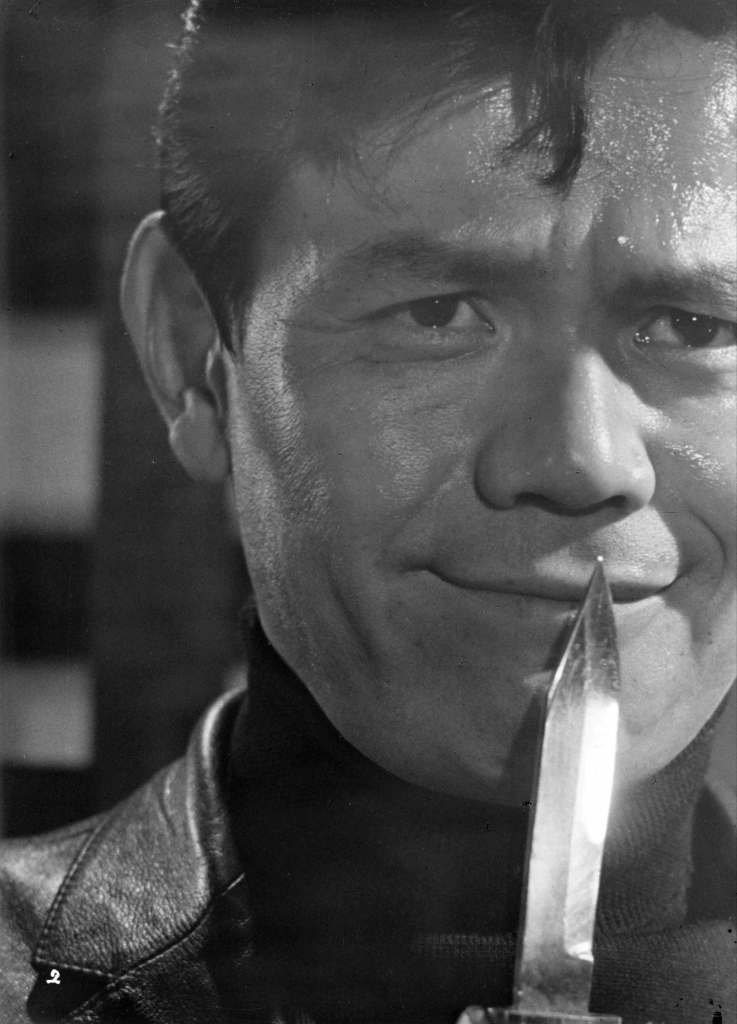BY A MAN’S FACE SHALL YOU KNOW HIM, And I, THE EXECUTIONER: Film Movement Classics Debuts Japan Crime Classics In High-Def In January [Exclusive]
We gave famed director Tai Kato a brief mention in last month’s coverage of the streaming releases for Film Movement Classics’s Red Peony Gambler Trilogy. This week, Kato is now the latest in-focus subject of the label’s latest announcements of Japan crime classics, By A Man’s Face Shall You Know Him (1966), and I, The Executioner (1968).
Both films, much like their fellow Showa Era cohorts under the Film Movement Classics banner, are getting replenished releases for viewers, debuting for the first time in high definition on VOD and Digital, and on Film Movement Plus, the label’s in-house streaming platform, on January 31. Film Combat Syndicate is sharing an exclusive look at the trailers for both titles which you can view below within the text. Take a look, and then head over to Film Movement for more!
PRESENTED IN HIGH DEFINITION FOR THE FIRST TIME EVER, BOTH FILMS PREMIERE ON VOD, DIGITAL & FILM MOVEMENT PLUS ON JANUARY 31, 2025
In the 1960s Toei Studio was Yakuza Central and filmmaker Tai Kato was the chief exponent and innovator of this popular genre. American audiences equate the yakuza with the contemporary gangster, but the classic yakuza setting is more akin to the western, with swordplay more than gunplay, silk not seersucker, and honor not anarchy in the teeming gambling underworld. This allowed Kato to indulge his passion for historical drama, as well as for startling realism and audacious camerawork. In the low-budget quickies that were in demand during the second Golden Age of Japanese cinema, constraint was the mother of invention and personal style for Kato. Not only did he favor “the natural beauty of the face” over makeup, and gesture over genre codes, he created what some call a cinema of excess: one-shot sequences of extraordinary lyricism and power, flat wide-angle framing, and his most famous trait, the low-angle shot which breaks up the scene and sometimes the body into its components. Closer to Sergio Leone than to Ozu, Film Movement Classics pays homage to this legendary creator of the Yakuza genre with two incendiary masterpieces, both presented in high definition for the very first time.
BY A MAN’S FACE YOU SHALL KNOW HIM (1966)
WWII veteran Dr. Amamiya (played by real life former yakuza Noboru Ando) runs a clinic in a downtrodden Japanese neighborhood. When an accident victim brought to him for treatment turns out to be his ethically Korean war buddy he recalls the criminal strife that practically ripped their town apart and changed their lives forever just some years earlier right after the war. Flashbacks reveal the brash and contentious Korean gang that tried to take over the local market and turn it into a red light district. While fueled by innate prejudice from the native Japanese residents, the hoodlums’ ruthless methods lead to unspeakably treacherous acts. As both sides’ anger escalates to the brink, Dr. Amamiya takes matters into his own hands to try and control this untenable conflict. Director Tai Kato’s groundbreaking feature takes on controversial sociopolitical issues with his distinct cinematic aesthetic in a seamless blend of melodrama and action that is exemplary of his “superb craftsmanship and personal style” (Los Angeles Times).
I, THE EXECUTIONER (1968)
As the police investigate a sudden rash of brutal murders whose victims are all women the unscrupulous killer’s murky motivations remain hauntingly elusive. A labyrinthine character study slowly unfolds implying that the targets of these unspeakable acts may be culpable in their own shocking demise. Although director Tai Kato worked within the studio system mostly on genre films, his distinctly bold and somber style proved him a maverick auteur, with I, the Executioner one of his most incendiary masterpieces. Kato matches the film’s bleak narrative themes to its innovative aesthetics, “with blown out negatives, extreme close-ups, and deep focus mixed with his characteristic low angle composition to add to the sense of noirish dread which paints the modern city as an inescapable hellscape” (Haley Scanlon, Windows on Worlds)
Native New Yorker. Been writing for a long time now, and I enjoy what I do. Be nice to me!

